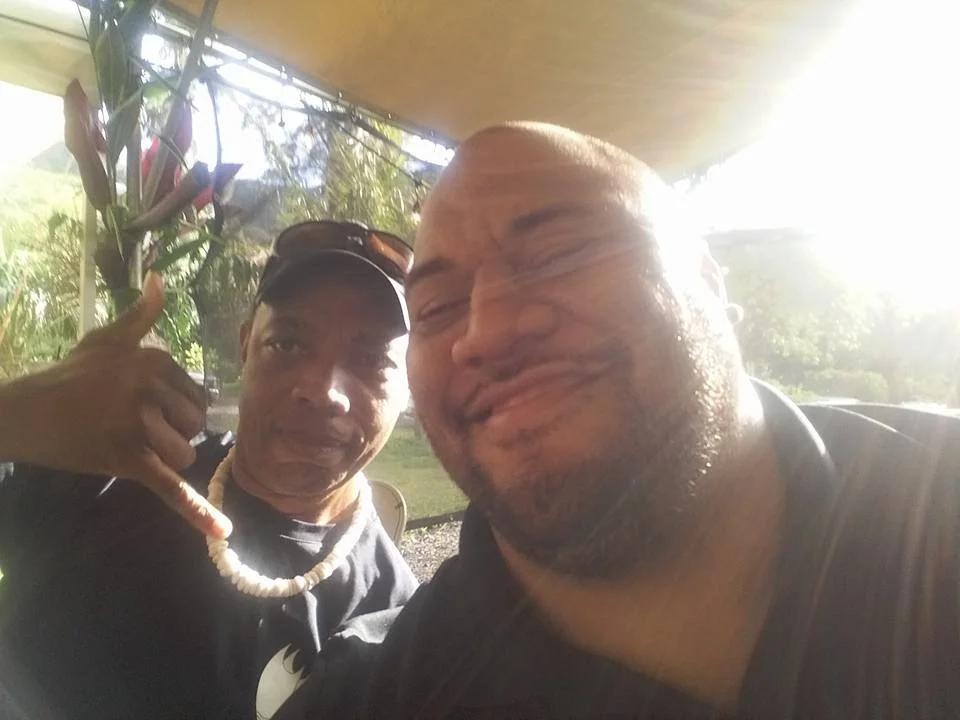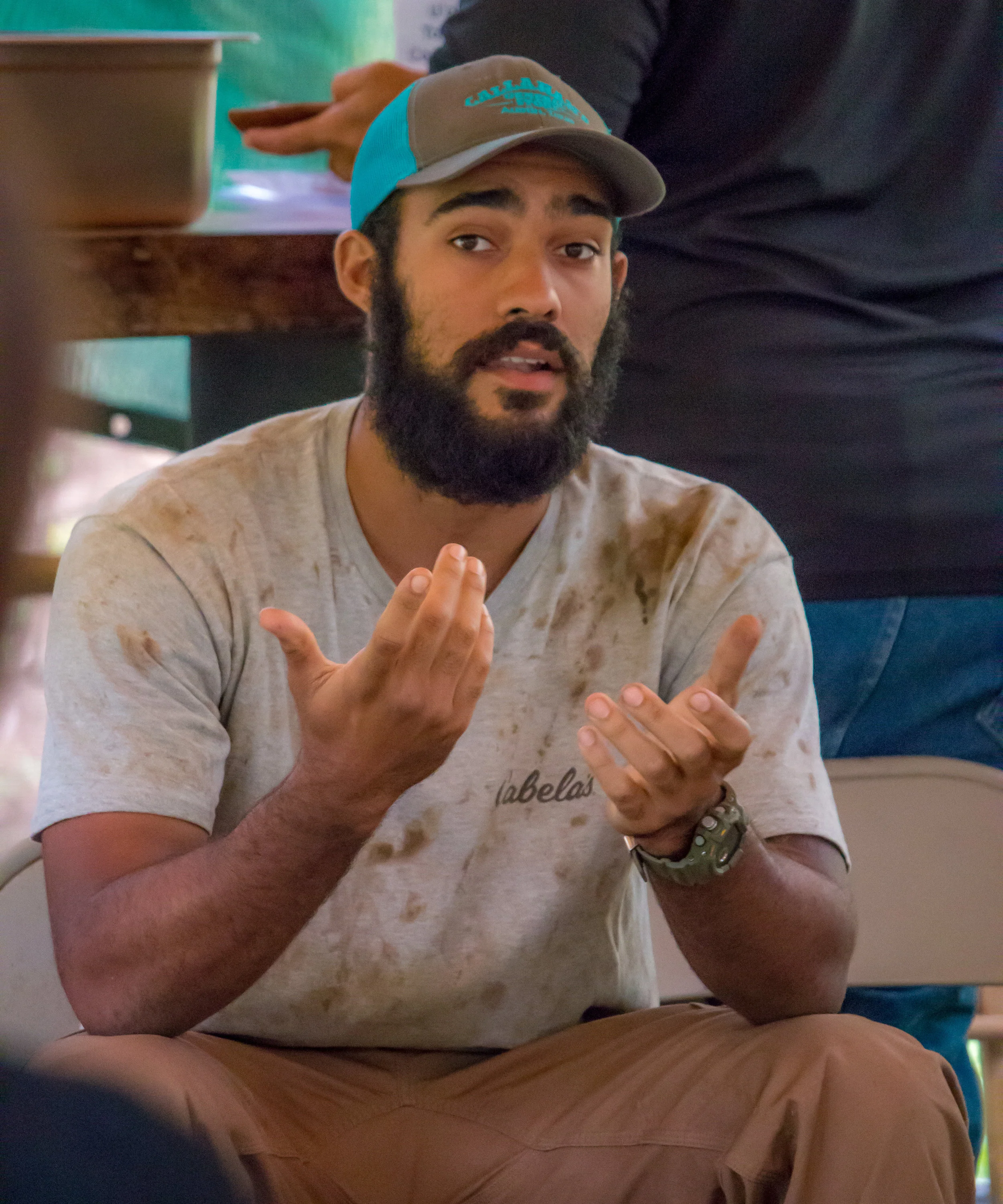Photo credit Ka'ohua Lucas
On February 24, we held a vibrant community conversation about what "Food Safety" really means to us. As we work together to build a local, resilient, and sovereign food system - how do we determine for ourselves what makes our food system truly "safe?"
Our PAINA gatherings are an opportunity for Food Hub partners - farmers, producers, retailers, community organizations and those of us who love to eat - to come together and learn from each other. The conversation was rich, empowering, and deep. As part of our ongoing Kalihi Food Story Project, we'd like to share some of the voices from that gathering with you. Big thanks to Malialina Derden, our story-gathering VISTA volunteer, for capturing and sharing these clips. Mahalo to Joshua, Pono, and Nia for your willingness to share your stories. (Click on the Play buttons below...)
This discussion was complex and broad-ranging, and we’re pleased to share these notes for you to continue to consider as we work together towards a food system that is truly safe. Thank you to our friends at Islander Institute who were careful listeners and shared these notes as a recap of our conversation.
What does “safe” mean?
There is a notion today that “safe” means zero-risk, as if we can protect people (especially children) from every harm, and as if doing so is a good thing.
Perhaps the real goal out there is zero-risk of litigation; zero-risk for the food industry being held liable.
In fact, different people have different needs because of their age, health conditions, and backgrounds.
We should always ask people themselves, “What does food safety mean to you?” We need to listen to what people say and define food safety for our culture.
Safe—when land is healthy and people are healthy.
Safe—when you know where the food comes from and who grew it. A local food system where people are connected to one another is safe.
What makes food unsafe?
When farmers, sellers and consumer are disconnected from one another, food becomes unsafe; it is the industrial food system itself that is unsafe.
Unhealthy land.
Our changing, meat heavy diet creates many new problems.
Pesticides, herbicides, and other chemicals.
Food that the industrial system makes affordable and available and that gives us diabetes; the food itself is unsafe.
Land inaccessibility should be a part of safe food discussion; farmers don’t have access to land.
Who can make food safe?
Is government regulation of the kind we see now really making food safe, or is it just strengthening an unsafe industrial food system?
The requirements of the Food Safety Modernization Act, Organic Certification, and other rules seem to make establishing a local food system more difficult. Farmers are unsure of the changes and are waiting and seeing.
How can we hold ourselves more accountable rather than waiting and letting others set the rules?
Government regulation doesn’t involve people in creating their own food system, rather it just perpetuates the status quo.
Not being certified “organic” doesn’t necessarily mean the food isn’t organically grown – there are other obstacles to consider and uncertainty that stop farmers from getting this certification.
Farmers can make food safe; they want to grow and distribute good food. The closer you are to food production, the more likely you’ll get high quality safe food.
Consumers can make food safe by knowing where their food comes from and making good choices.
Kids and the people who educate them can make food safe.
How do we make food safe?
Rules that try to make an unsafe industrial food system less unsafe is not a meaningful solution; what we need to do is build a local food system.
Build relationships with food growers and consumers.
We need to speak with one voice; overcome our hesitations; stand up to power.
We need to elect people who are dedicated to this purpose.
We need to organize.
See more photos from the evening on our previous post...




